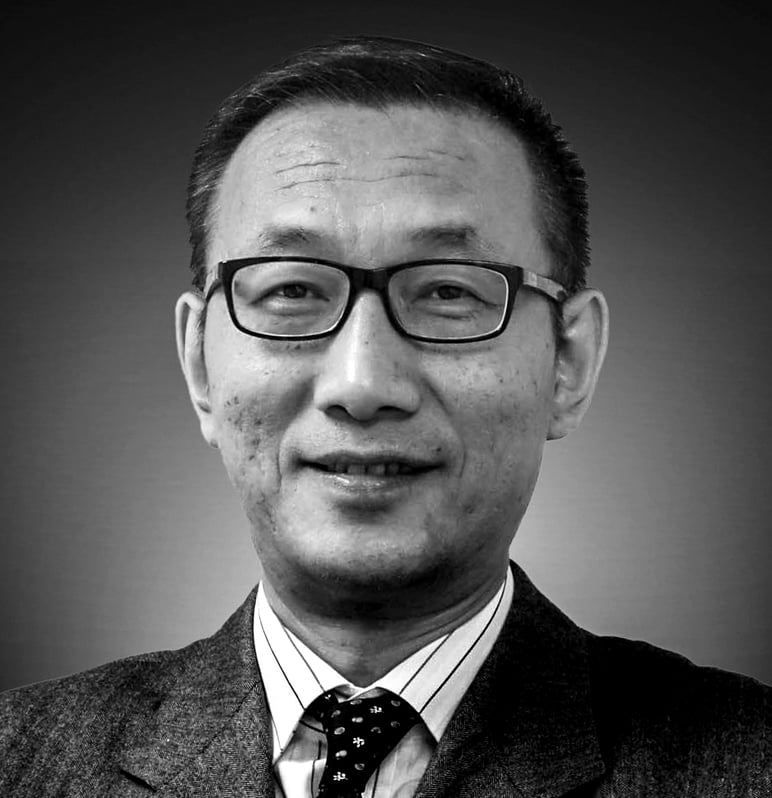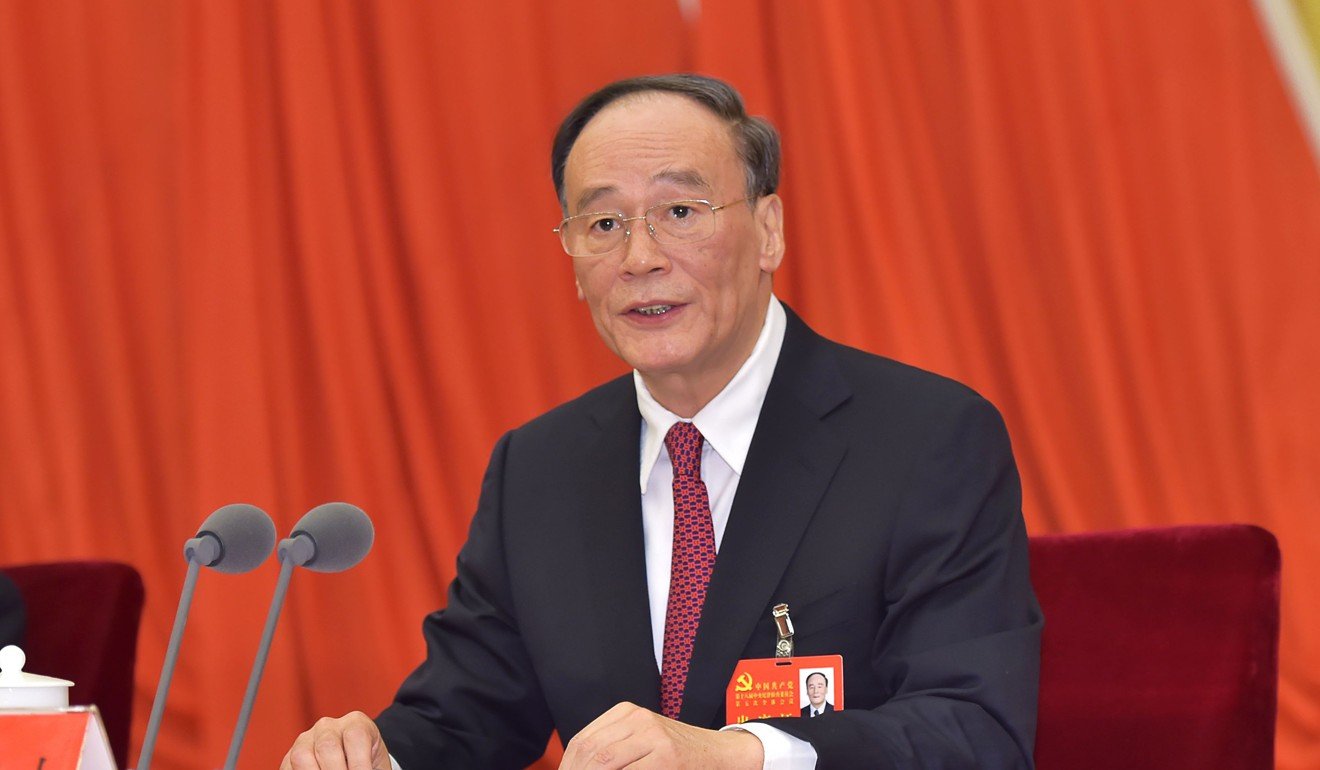
China’s leadership reshuffle: what’s behind Xi Jinping’s poker face?
There have been mixed signals regarding the personnel changes to be unveiled at the Communist Party’s 19th congress – particularly regarding the Politburo Standing Committee and the fate of top graft-buster Wang Qishan
Even by the standards of opaque Chinese politics, the latest political gossip about the top leadership changes is particularly unusual and intriguing.
Nearly three weeks have passed since the current and retired Chinese leaders spent about 10 days in their secret annual gathering in the northern beach resort of Beidaihe. It was widely considered the last opportunity for them to reach consensus over the new leadership line-up, to be unveiled at the Communist Party’s 19th congress.
While announcing on Thursday that the opening date of the congress would be October 18, the party leadership also said its central committee would hold a plenum starting from October 11, presumably to finalise the agenda for the congress.

But this year, the rumour mill in the foreign media and the table talk on the mainland have offered up conflicting accounts of what was discussed or not discussed at the meeting and the supposed composition of the new line-up.
The stricter discipline over the party cadres imposed by President Xi Jinping may be partly to blame. In an increasingly tense environment, those in the know remain tight-lipped for fear of getting into trouble.
In an increasingly tense environment, those in the know remain tight-lipped
Beyond the confusion and uncertainty, one sure thing is that Xi appears to have galvanised support from the current and retired leaders as he sets the agenda and undertakes key personnel changes for the five-yearly congress. In particular, the retired leaders at Beidaihe are understood to have praised Xi’s achievements over the past five years.

The presumption is that the leadership still needs to focus on the election of delegates to the party congress and on deciding the list of the party’s 200-odd Central Committee members, along with drafting the political report to be presented at the congress, which will outline the party’s direction in the next five years.
It could also be interpreted that by not presenting the list for discussion, Xi intended to stave off overt and concerted interference from the retired leaders.
As Xi appears determined to transform the governance system and impose his own style, he and his supporters are believed to be weighing several major issues which would drastically reshape China’s politics.
For one, there have been suggestions Xi intended to reinstate the chairmanship of the party, which could give him more authority. Mao Zedong occupied the chairmanship until his death, and the title of general party secretary subsequently became the party’s highest – a position Xi currently holds.
Even as ‘the core’, Xi faces resistance from China’s local officials
Some overseas analysts believe Xi, by reinstating the chairmanship, could gain greater authority over other members of the Politburo Standing Committee, holding the veto power as Mao did.
Another issue is whether the number of standing committee members should be further reduced from seven to five. There have been arguments within the party for a leaner standing committee, enabling faster decision-making and reducing political wrangling.
Hu Jintao, Xi’s predecessor, was widely seen as a weak leader partly because the standing committee he led had nine members.
This created a situation known as “nine dragons ruling the water”, meaning power was spread too thinly among nine members, making it difficult to focus on major issues. When Xi first came to power in 2012, the nine members were reduced to seven.

A more significant question is whether Wang Qishan, Xi’s ally and a current Politburo Standing Committee member, will stay on for another term. Over the past five years, Wang has been Xi’s point man, leading the anti-graft investigation which netted hundreds of thousands of corrupt officials – high-ranking “tigers” and low-ranking “flies” – which helped consolidate Xi’s power.
But Wang is 69 and supposed to retire at the congress, under the informal succession rules which require standing committee members to step down at age 68.
Sudden fall of political star rearranges chess pieces of China’s ruling elite
Over the past two years, there has been lobbying for Xi to break the informal succession rules and enable Wang to stay on. This is due to Wang’s crucial role in the anti-graft efforts and his economic acumen at a time when China’s painful economic transition is fraught with risks, including the mounting government debts and a property bubble.
Although many party insiders believe there is a high chance Wang will stay on, there is also rising speculation his name has not been included in the provisional list of candidates for top posts.
Ultimately, answers to those questions lie with Xi himself. So far, he holds the cards very close to his chest. ■
Wang Xiangwei is the former editor-in-chief of the South China Morning Post. He is now based in Beijing as editorial adviser to the paper

